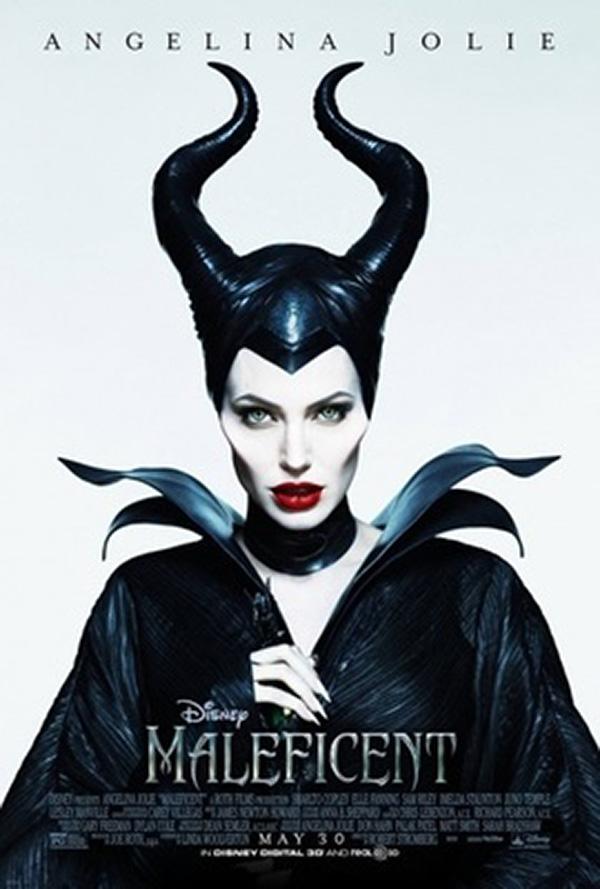Female villains perpetuate stereotypes
November 6, 2014
Hollywood today does is not doing much to separate itself from the age-old stereotype that womanhood is synonymous with wrongdoing and evil. Recently, the highest-grossing movies star women in villainous roles. The pattern is made more obvious because there are few movies, especially in 2014, that have women in the lead roles.
Among the top 20 grossing films so far this year, only five of them star women in lead roles. Of those, two have a lead playing a negative or villainous role, namely the Disney movie “Maleficent,” starring Angelina Jolie, and “Gone Girl,” starring Rosamund Pike.
“Maleficent” follows a well-known villain, the wicked fairy from the story of “Sleeping Beauty,” and tells the story from the perspective of the tale’s antagonist. While this new point-of-view is interesting and gives the audience an unheard side of the fairy tale, it does not paint the female lead in a flattering light.
Despite these negative repercussions, “Maleficent” was the fifth-highest grossing movie this year, which raises the question: is this presentation of a female lead as villainous necessary for success?
“Gone Girl” is another example of a film where the female lead is presented in a negative light. Amy is ruthless, cunning and vengeful for the same reason as Maleficent — love. Again, Hollywood shows a woman who reacts in extreme ways to her romantic relationships. By giving such a big platform to a situation so dramatic, it creates the idea that this is a common occurrence and perpetuates a perception of women as volatile.
It seems as though a female villain is the perfect marketing piece. It is contradictory to the idea that characters and stories should be relatable, because most women, in reality, do not behave and react in such a negative, dramatic way.
Email Anubhuti Kumar at [email protected].


























































































































































